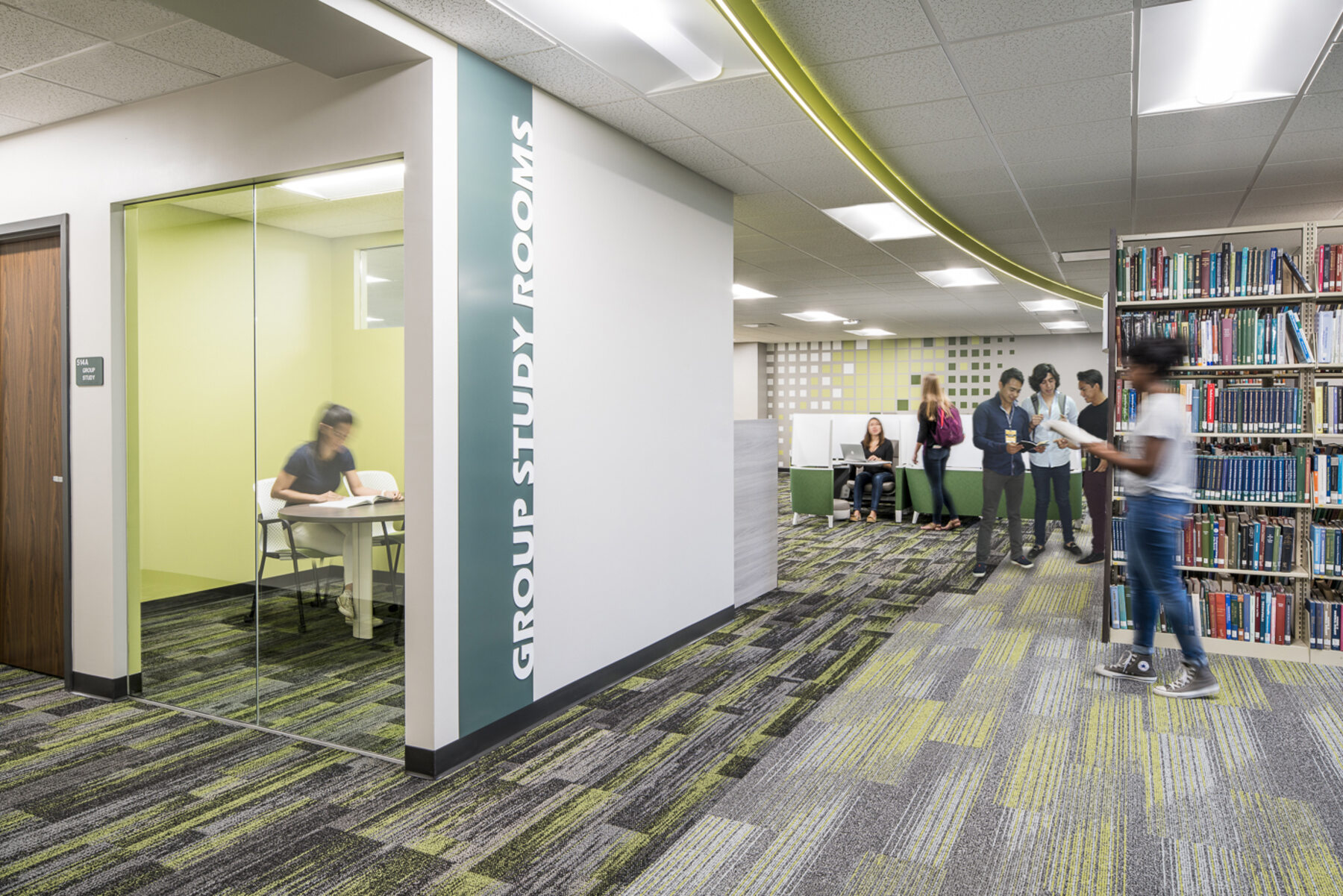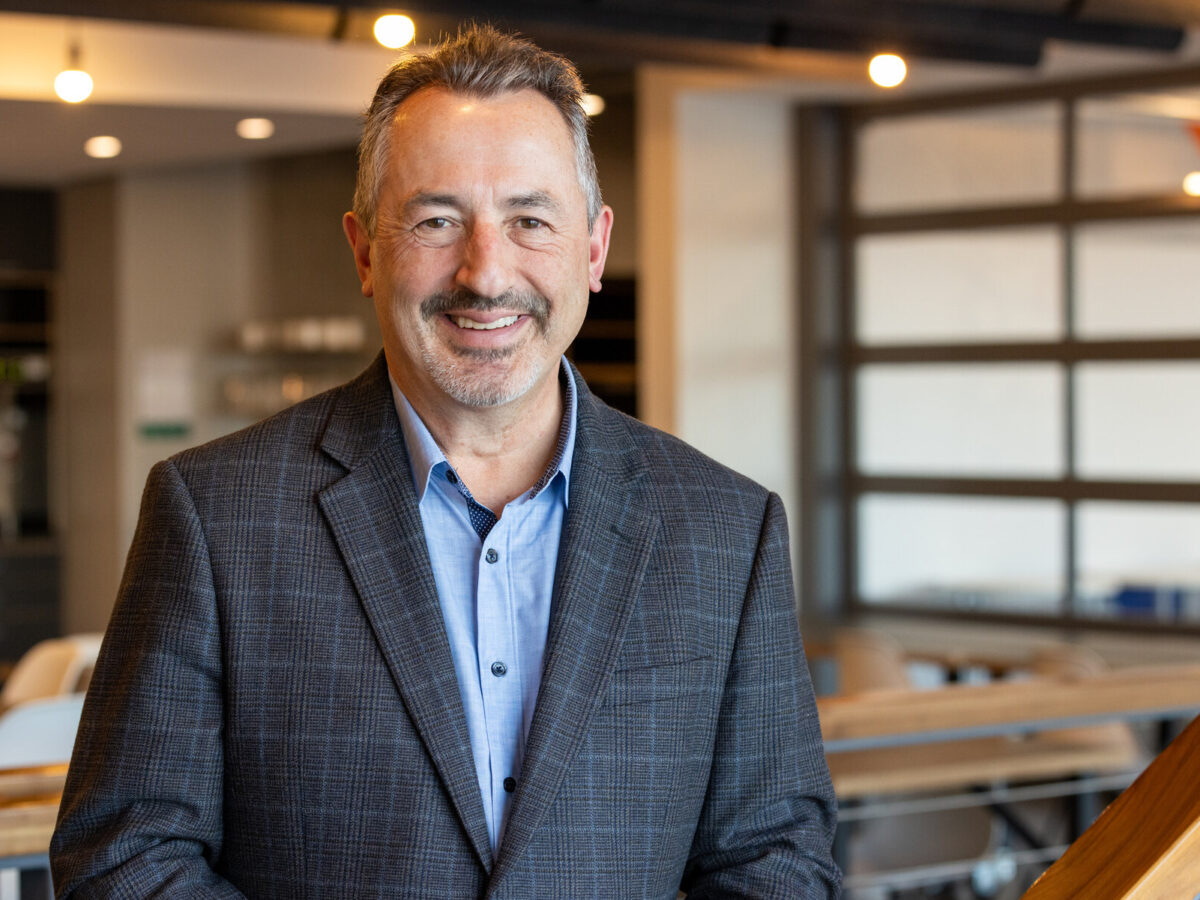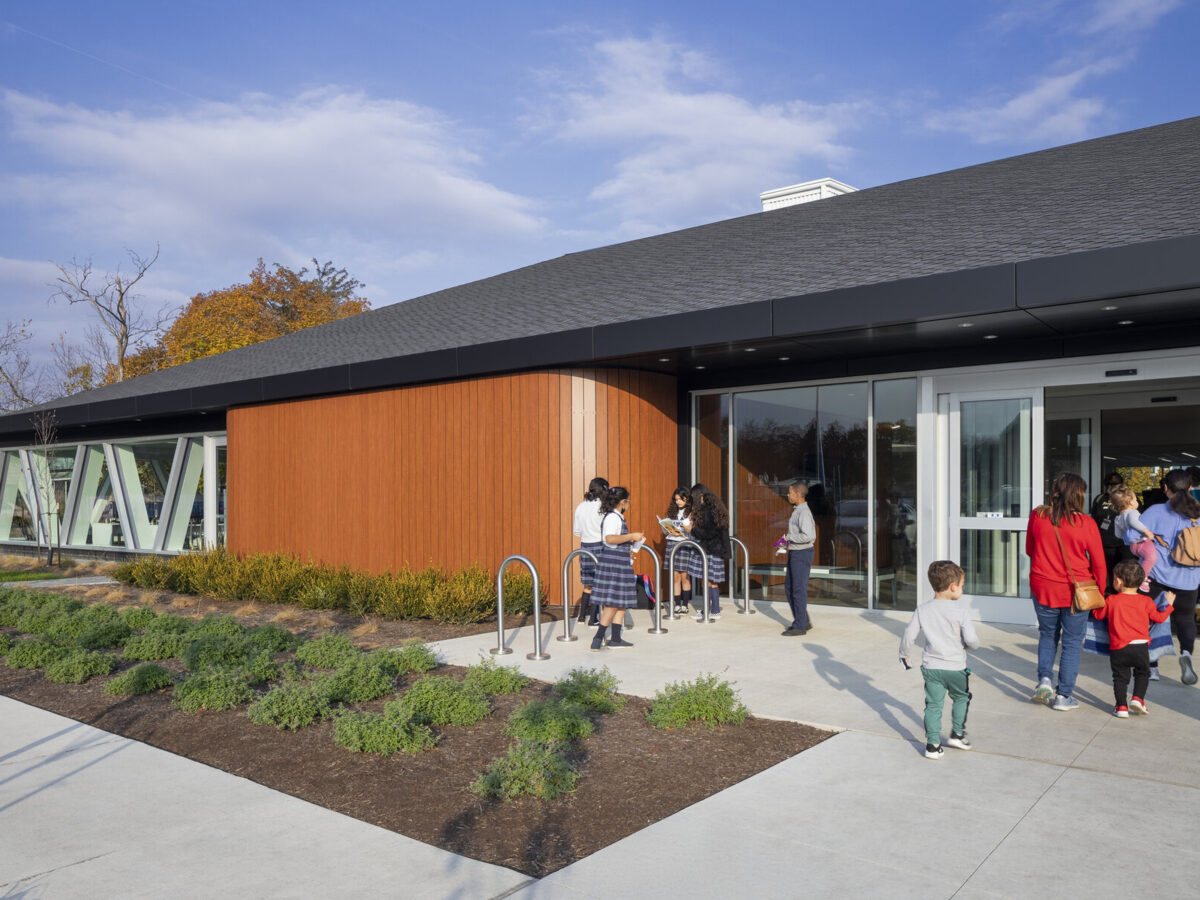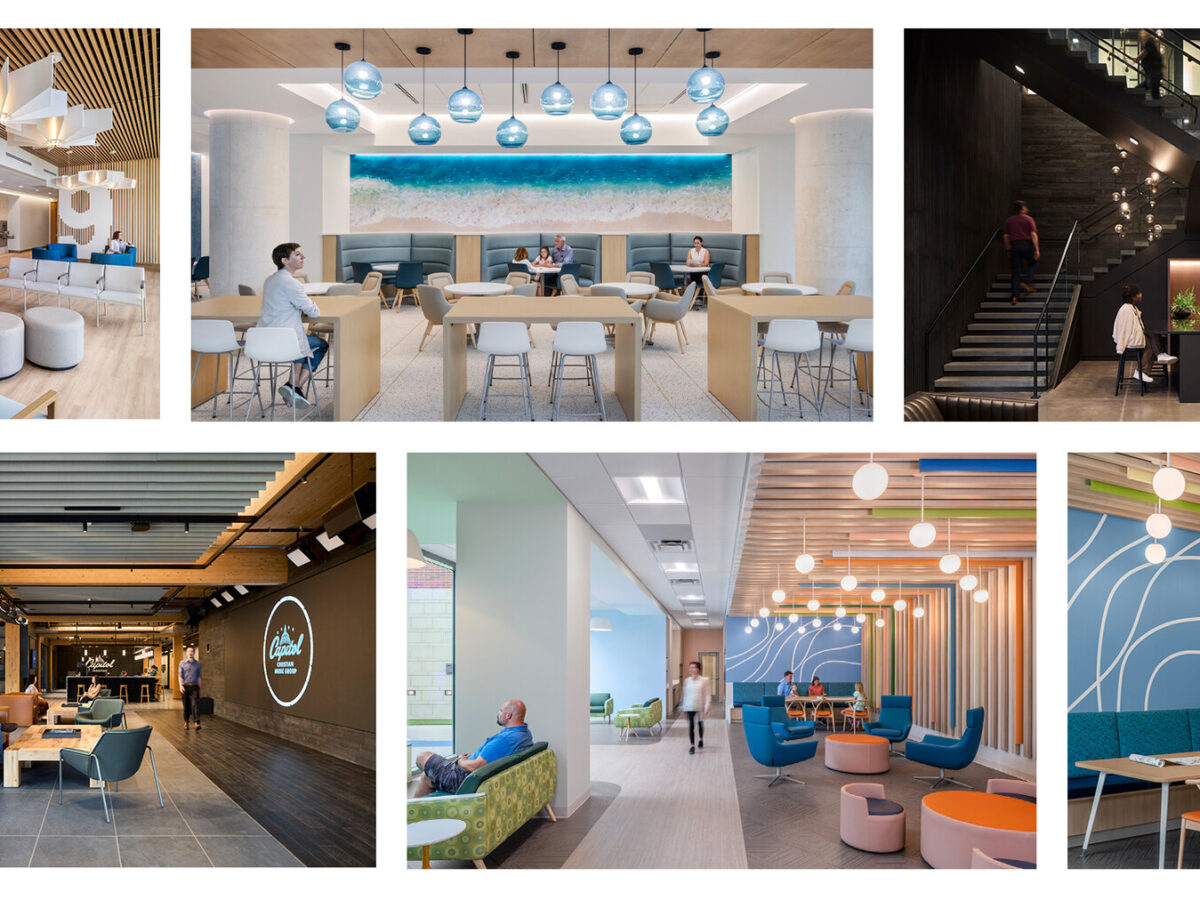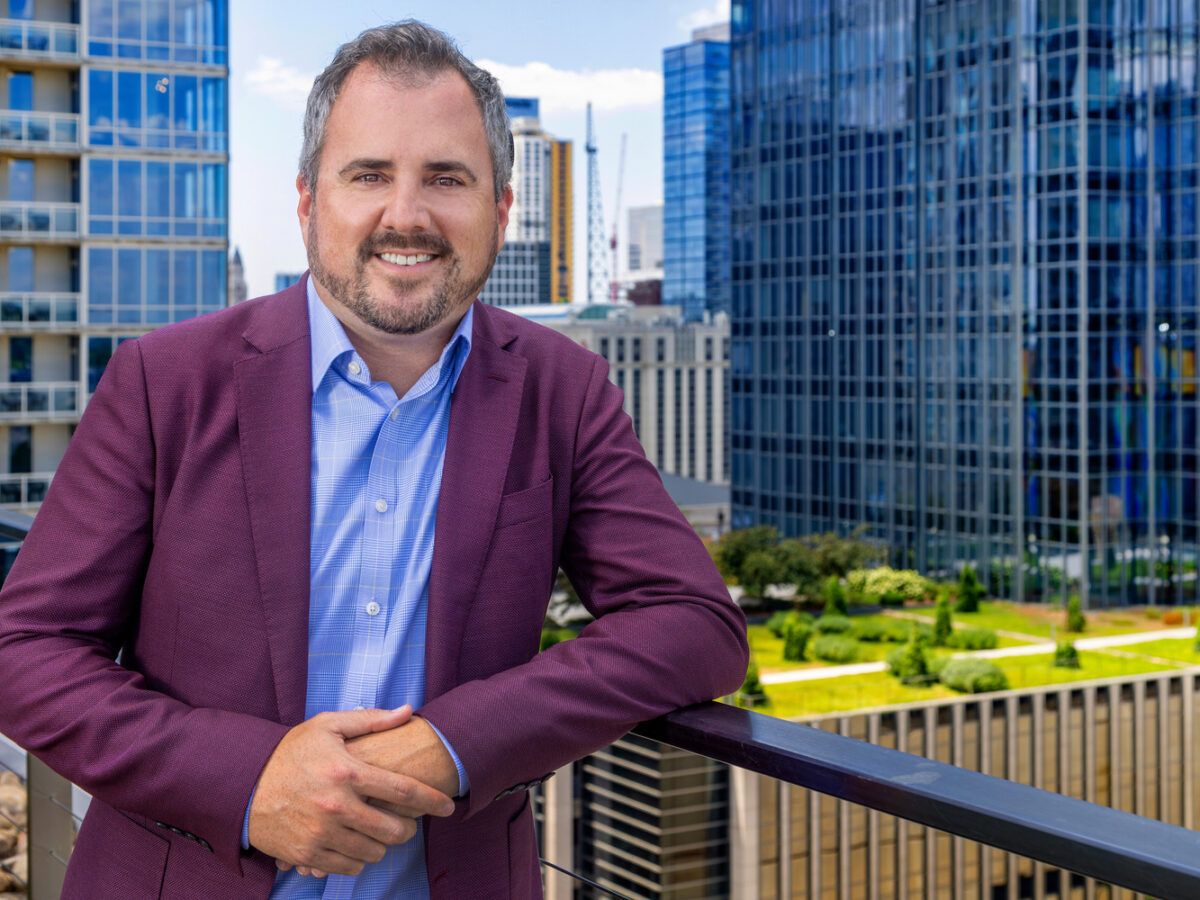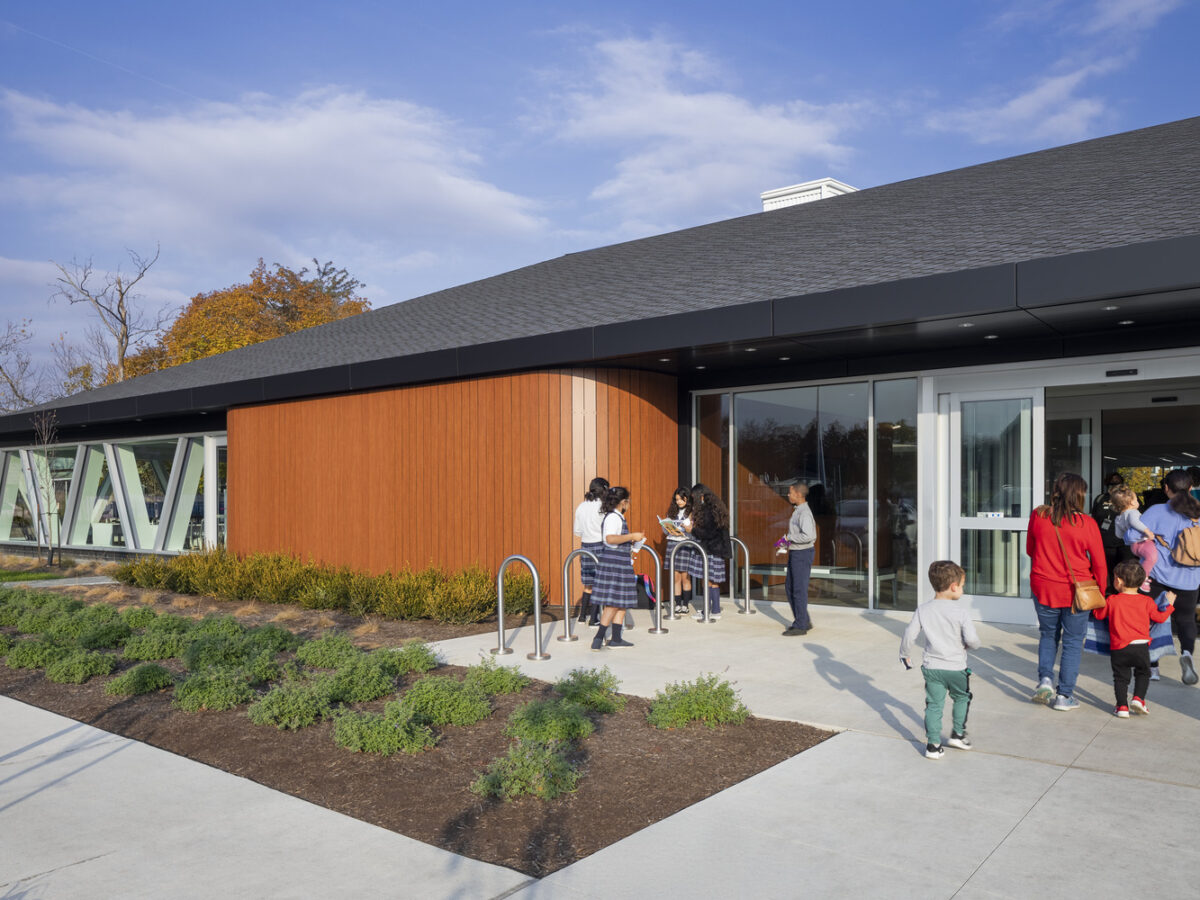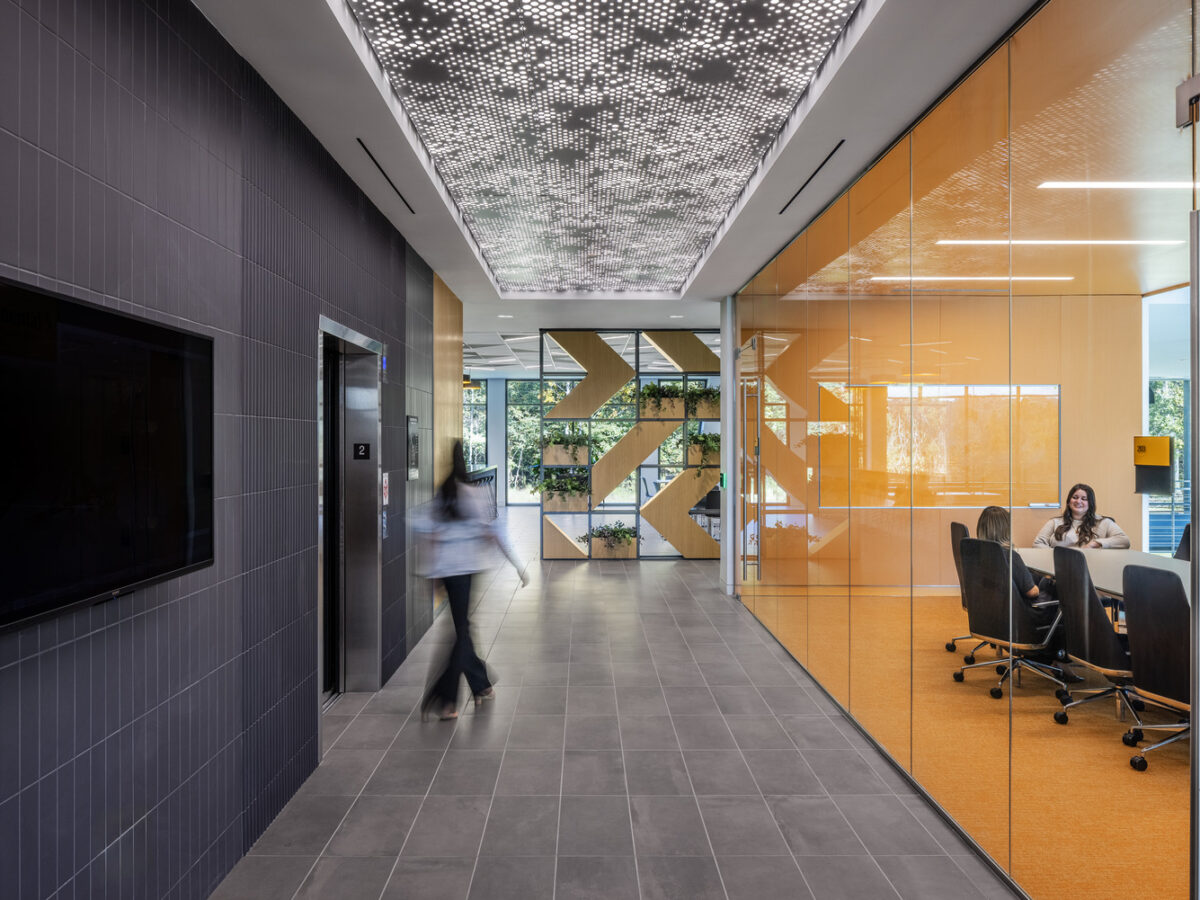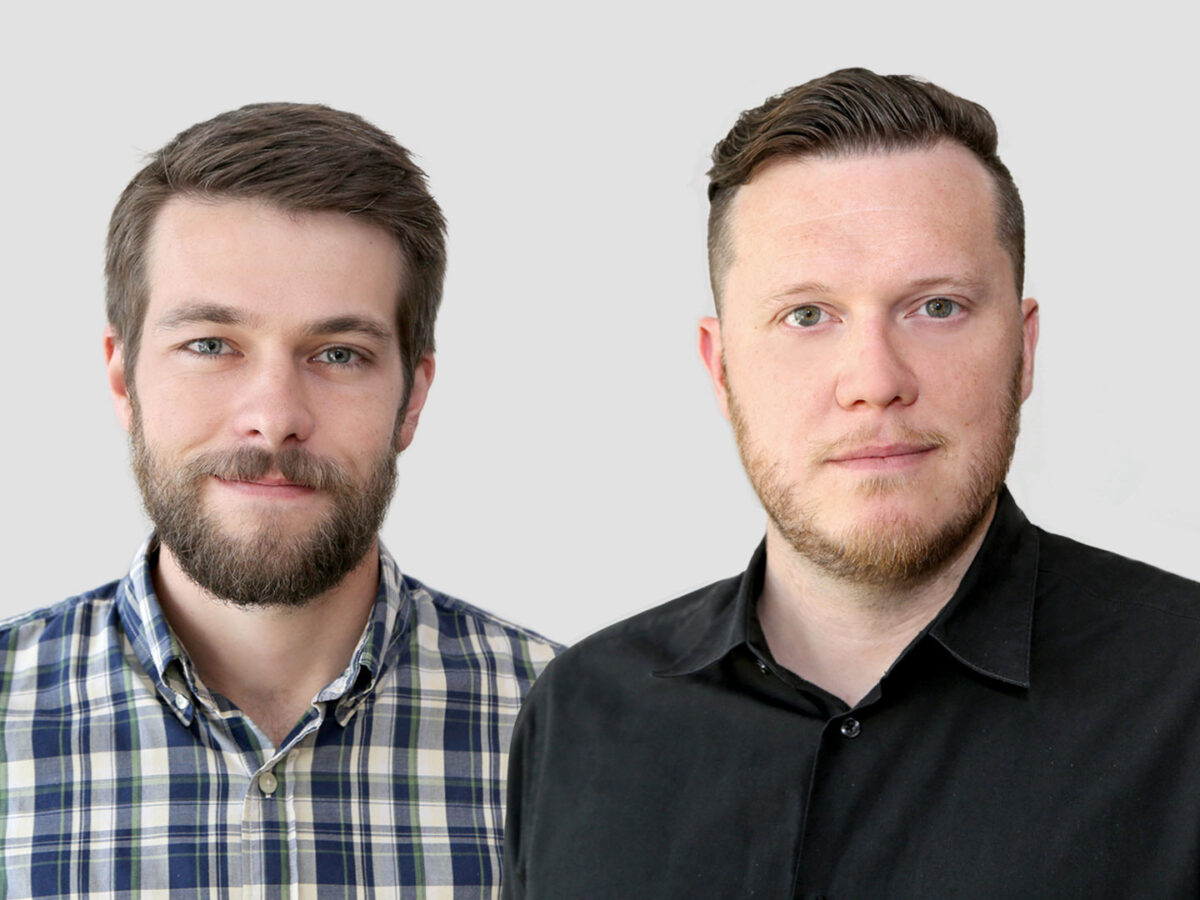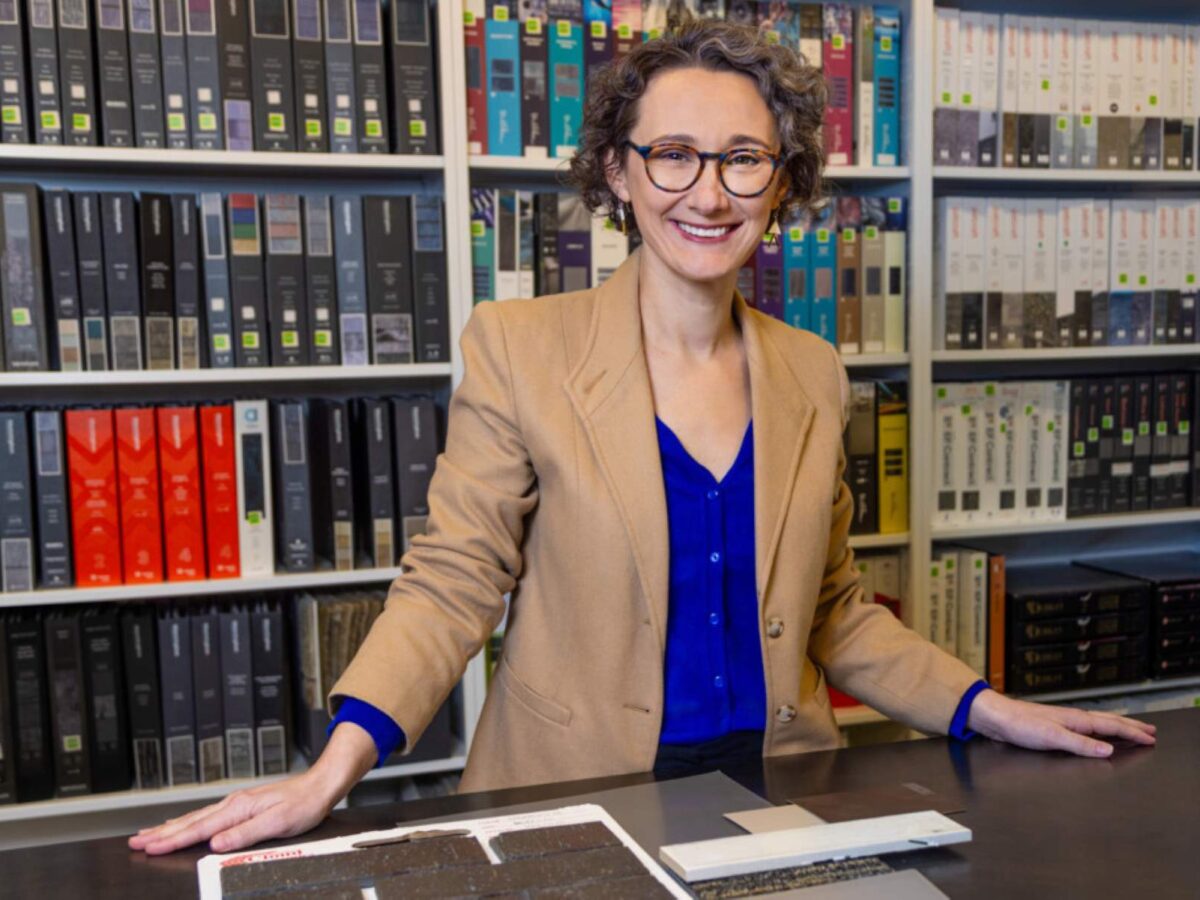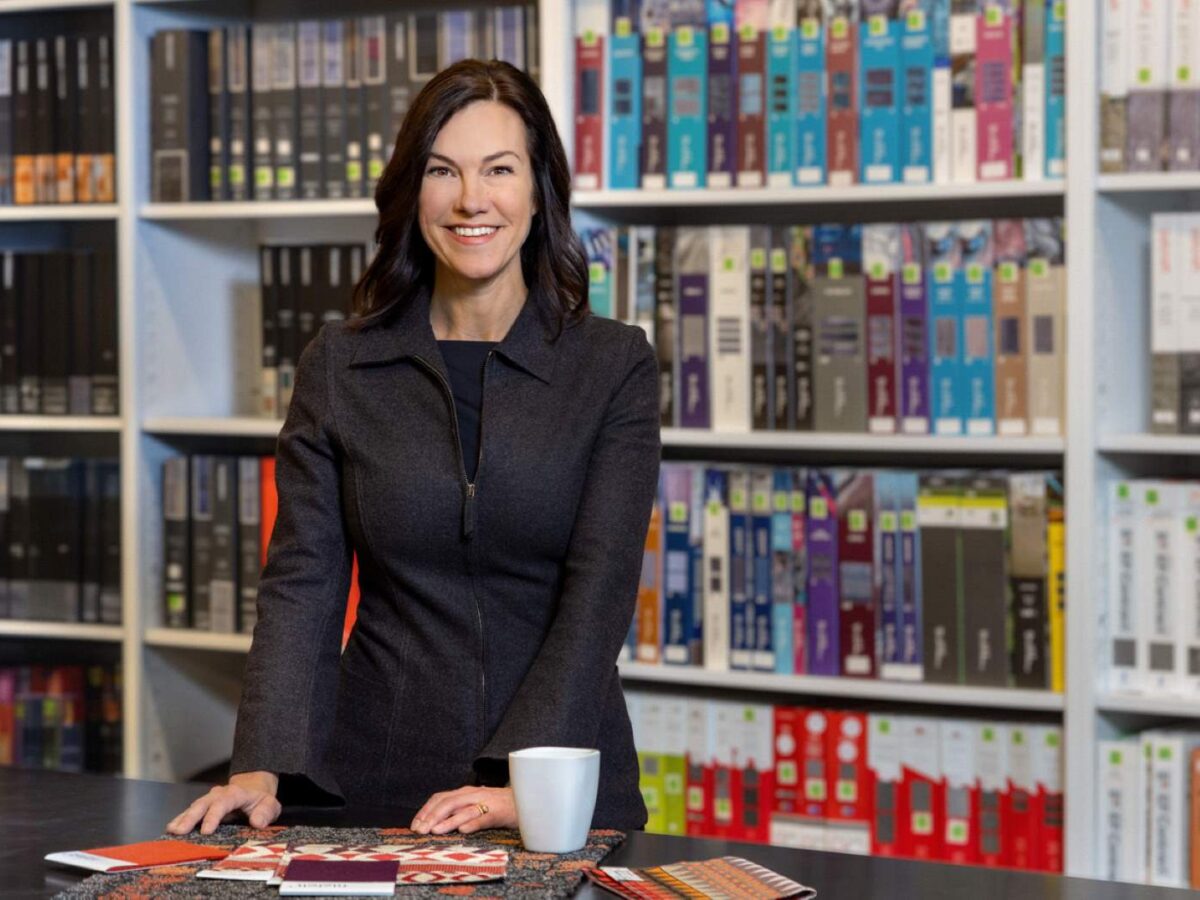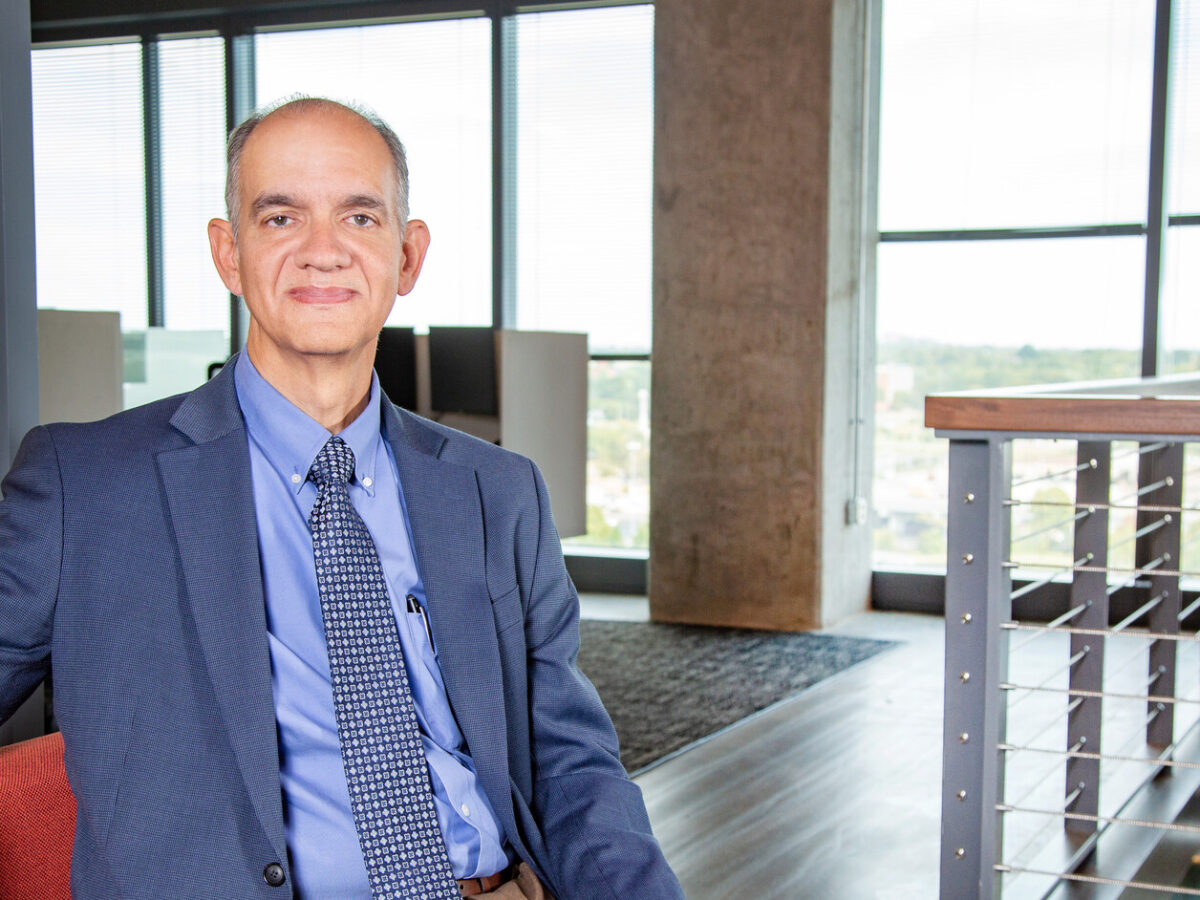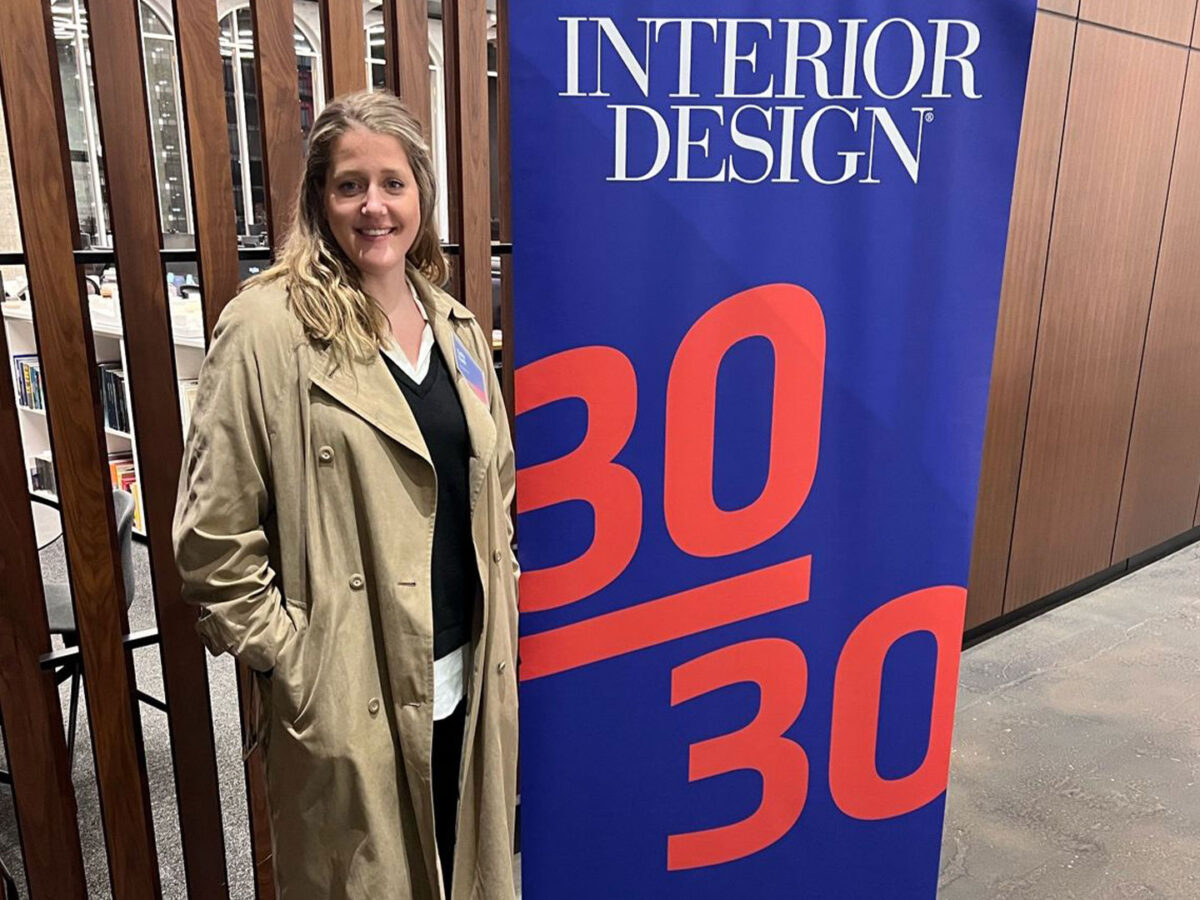In the spring of 2022, the National Student Clearinghouse Research Center dropped a report that reverberated throughout the halls of higher education—the decline seen in college enrollment since the pandemic began was worsening. The report showed that 685,000 fewer students enrolled in undergraduate programs in spring 2022 than a year earlier, representing a decline of 4.1%. Coupled with the 3.5% drop in college enrollments in spring 2021, the two-year decline in college enrollment has reached 7.4% or 1.3 million students.
So, what’s behind these recent metrics? A falloff in the number of births since the last recession and the rising cost of tuition/student housing are certainly a part of the equation. Add to those factors a robust labor market and the widespread availability of jobs, and the end result is a growing number of high-school graduates choosing work over college.
By opting for the short-term gain of immediate employment, however, many high-school graduates will face a long-term loss given the serious wage gap between those with and those without a degree. In fact, a study by Georgetown University and the Center of Education found that individuals with a college degree who work full time earn, on average, 84% more over their lifetime than those who don’t have a college degree.
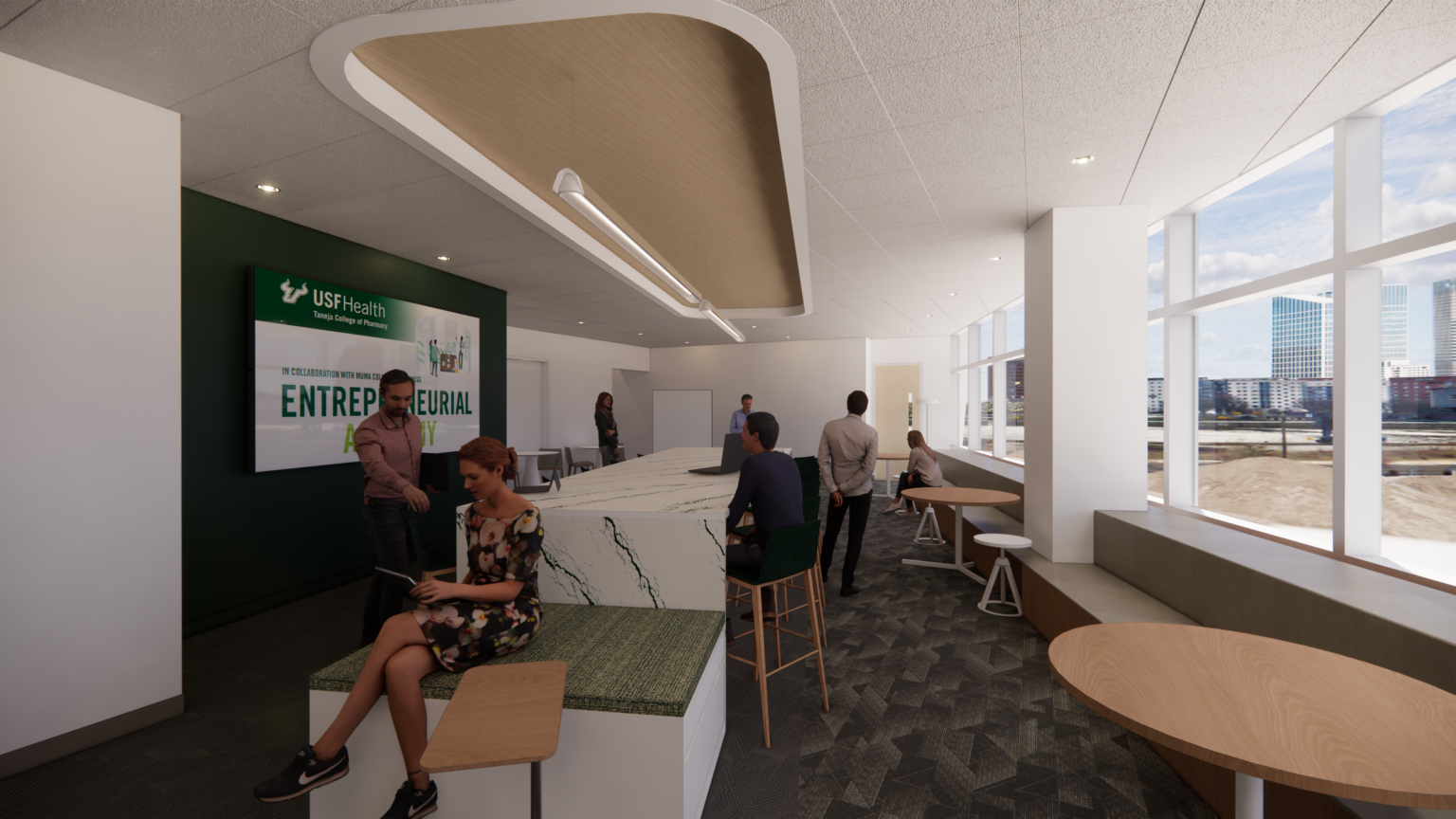
Making the Case for Higher Education
There are many reasons why higher education is so important—from giving students the ability to stay relevant in a world where technology and the digital revolution is developing at a rapid-fire pace, to building a collective capacity to solve the world’s most complex issues that continue to challenge our society.
To that point, the overall socioeconomic impacts associated with falling college enrollments must also be considered when exploring why higher education matters. Jason Lane, dean of Miami University’s College of Education Health and Society, recently noted that with fewer people enrolling in college, “society is going to be less economically successful. It’s going to be harder to find folks to fill the jobs of the future, and there will be lower tax revenues because there won’t be as many people in high-paying jobs. It will be harder for innovation to occur.”
“By opting for the short-term gain of immediate employment, many high-school graduates will face a long-term loss given the serious wage gap between those with and those without a degree.”
Given the national trend of declining enrollments, one thing is certain; colleges and universities are being forced to confront fundamental questions about their value, which raises the question: “What should higher education be?” This, in turn, raises a related question: “What can higher education institutions do to move the needle in order to innovate and evolve from where they’ve been to attracting and retaining high-school graduates who are finding the workplace more appealing?”
Because colleges and universities have essentially been offering the same learning model for the past 200 years, I’d like to make the argument that it’s time for a fundamental change to their business model—a paradigm shift that prompts a new value proposition that considers:
- Building a sense of community while at the same time focusing on the “whole student” to help identify their natural abilities and passions. This not only instills a desire in students to find out who they are, but also helps eliminate a self-doubting “I-can’t-do-this” mindset, which is prevalent among college students today.
- Transforming the traditional model of higher education to include digital/learning mobilities to increase opportunities for lifelong learning. This means offering students a choice of where, when and how they study so learning blends with their own life experiences, and they’re not forced to make that difficult choice between working and attaining a higher education. Subscription-based education models, for example, can offer students a more affordable, alternative higher-ed path that allows them to learn on their own time and over time. This not only promotes a continued sense of community for students, but also helps keep their skills and knowledge current as new advances and technologies come along.
- Offering a virtual campus where students can interact with other students and professors as avatars in the Metaverse.
- Partnering with tech companies to promote the development of deep talent-pools in emerging technology areas.
- Creating learning communities with other types of organizations, such as incubators and innovation centers.
- Creating an environment of diversity, equity, inclusion and belonging, which includes:
- Empowering marginalized/disadvantaged students.
- Fostering social capital and well-being.
- Providing opportunities for nontraditional students, such as single parents, by offering affordable on-campus family housing and childcare.
- Actively engaging with first-generation students and their parents.
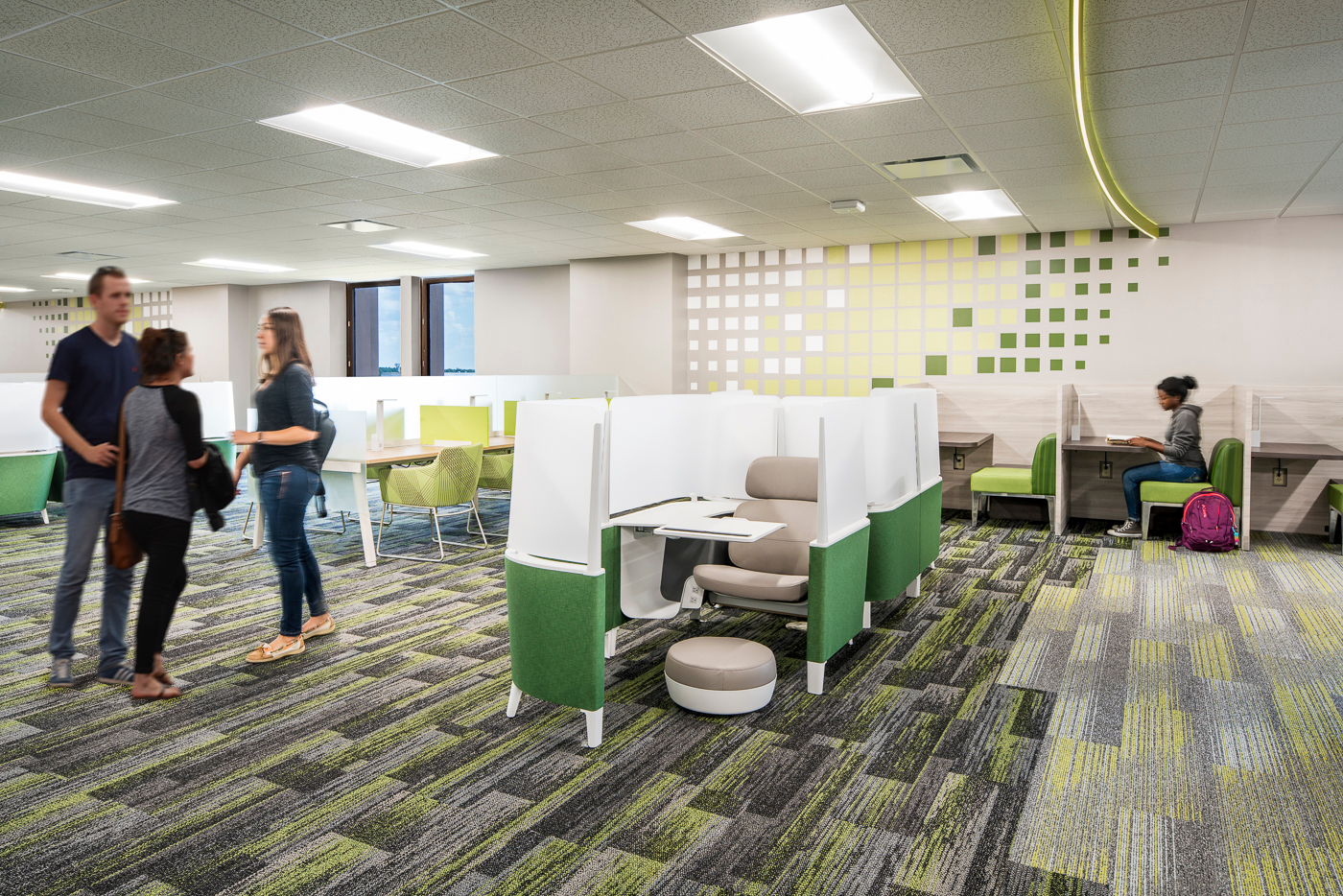
Putting Students First
So, how can designers help colleges and universities attract students back to higher education when enrollment is on such a steep decline? As an interior designer with more than 25 years of experience in delivering creative and practical design solutions to a broad range of clients, including those in the higher-education arena who have partnered with Gresham Smith, I think there are a number of things we can do.
For starters, I believe we can help by designing unique spaces that generate interaction, delivering smaller-in-scale, pedestrian-friendly and amenity-rich environments—ones that go beyond the more traditional environments that often center around athletics—to actually define the campus and support a wider student population.
These physical spaces might include community gardens, pop-up event venues, or even multipurpose plazas that can host farmer’s markets or food and film festivals. In other words, placemaking that provides the opportunity for social interactions and meaningful connections that help engage students and foster a strong sense of community, which has been linked to academic success.
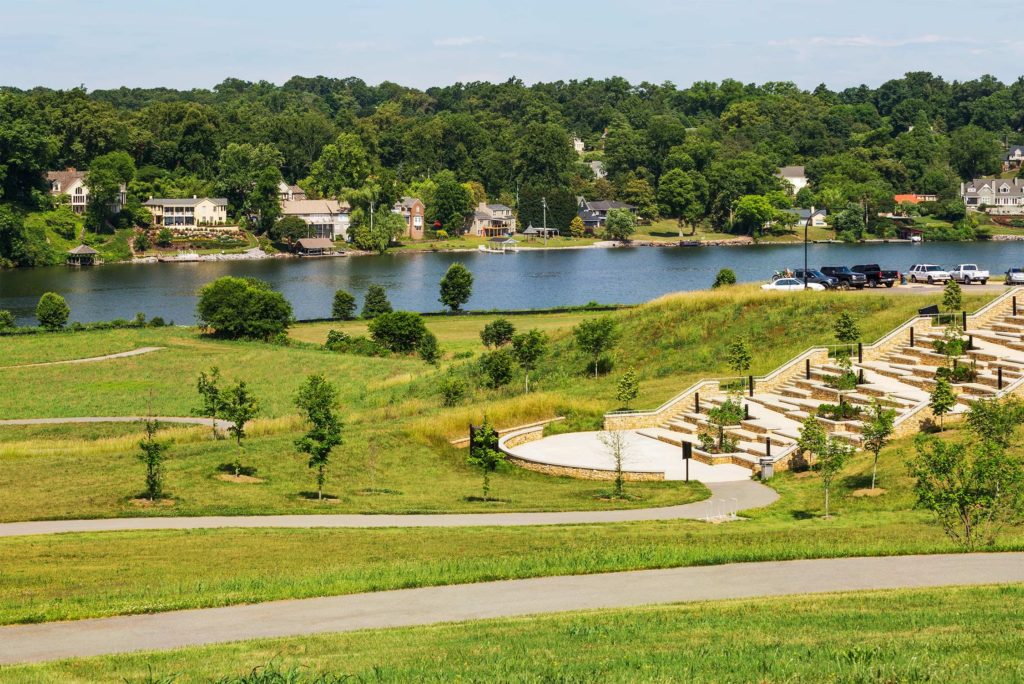
Conceptualizing and designing technology-rich environments that support live, simulated and mobile learning opportunities; creating environments that are inclusive to neurotypical and neurodiverse learners as well as first-generation college students; and including considerations for students’ diverse cultural and socioeconomic backgrounds in our solutions are all additional ways in which designers can support higher-education institution’s shifting needs when it comes to attracting and retaining students.
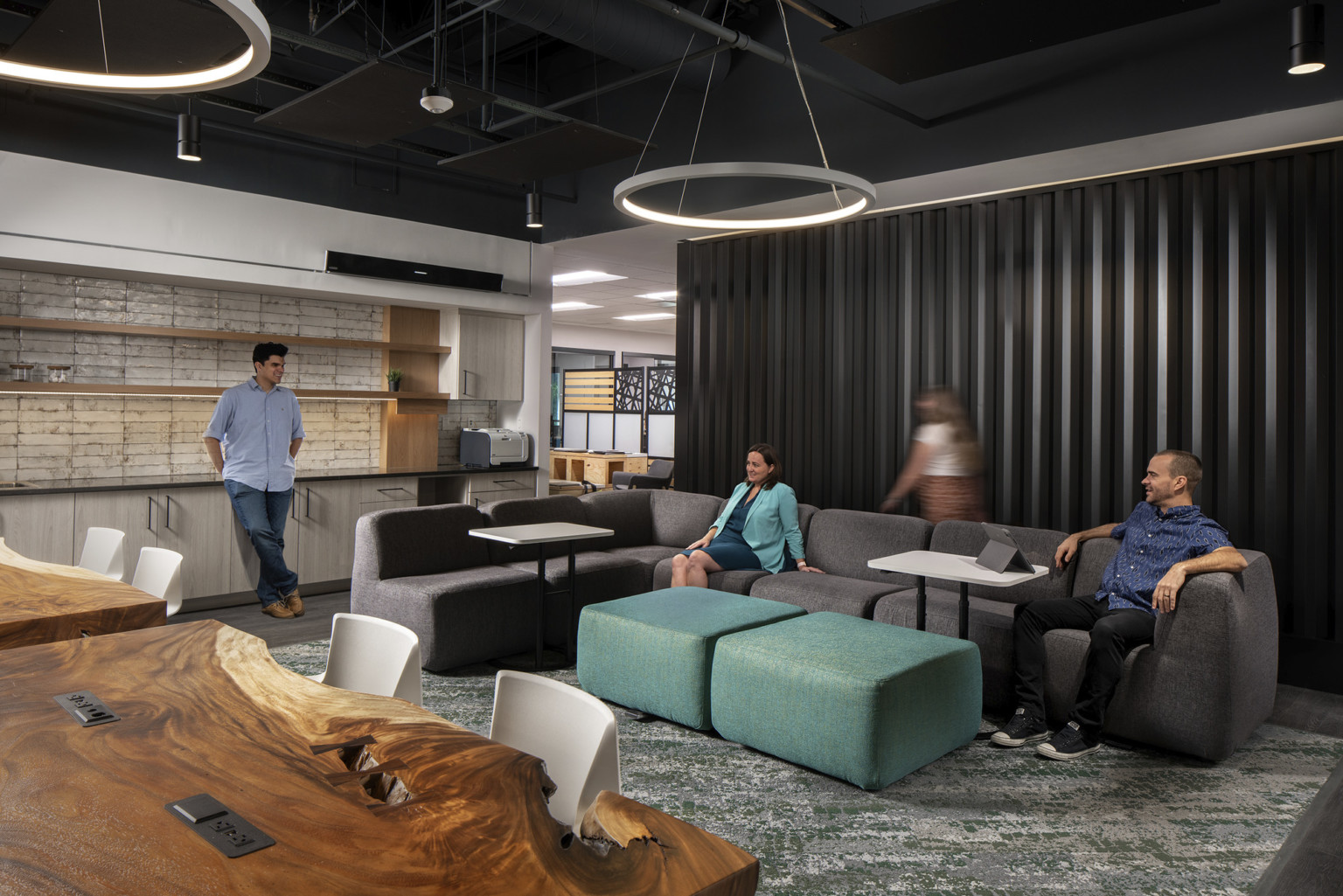
Through our work with higher-education facilities such as Vanderbilt University, the University of Alabama, the University of South Florida, Virginia Commonwealth University and the University of Tennessee, Gresham Smith has helped elevate the student and faculty experience on college campuses through unique, tailored and even out-of-the-box spaces that are designed to promote innovation, inclusivity and the latest in technology; spaces that are not only appealing to students but also put them first—an important driver in a climate where high-school graduates are increasingly looking for reasons why they should enter the college pipeline.
